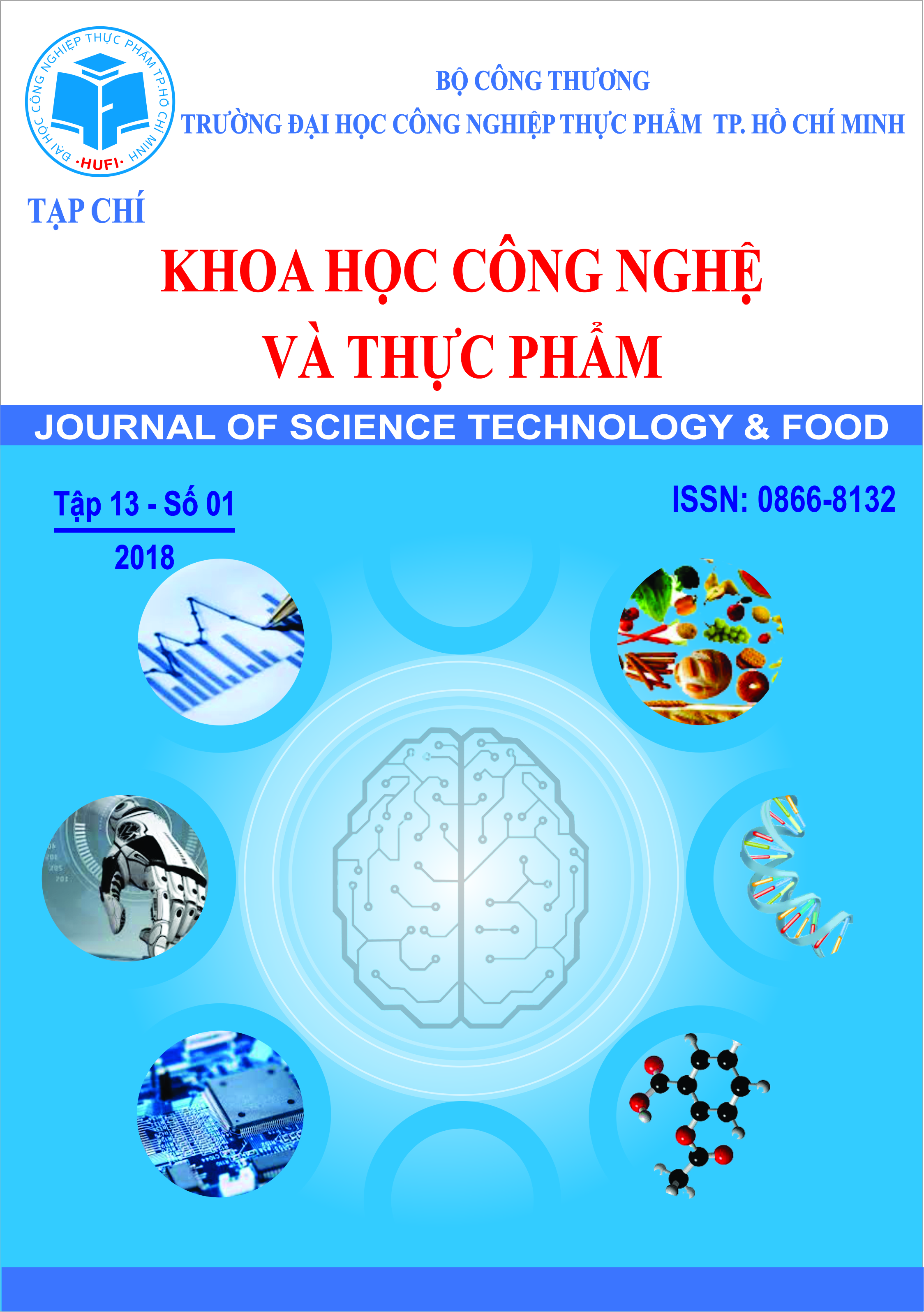EFFECT OF PLANT OILS ON MYCELIAL BIOMASS PRODUCTION, BIOSYNTHESIS AND ANTIOXIDANTS OF EXOPOLYSACCHARIDE BY OPHIOCORDYCEPS SINENSIS
Abstract
Ophiocordyceps sinensis (syn. Cordyceps sinensis) is a well-known entomopathogenic fungus with many significant bioactivities such as antioxidants, immunomodulatory and antitumor, etc. In Vietnam, its mycelial biomass has been cultured artificially in a liquid medium and has been studied application since 2013. Many previous researches demonstrated that exopolysaccharides (EPS) was secreted by the fungus with many integral
bioactive activities. Thus, the aim of this study is to enhance the biosynthesis potential of EPS of O. sinensis fungus by implementing sunflower oils and coconut oils at concentrations from 1% to 5% (v/v), and olive oil at concentrations between 1% and 10% in culture medium. The results showed that the mycelial biomass and EPS production of O. sinensis fungus increased considerably compared to non-oil medium. The EPS yields for olive oil (5%), sunflower oil (3%) and coconut oil (4%) were 5.94 g/L, 2.56 g/L and 2.43 g/L,
respectively. Moreover, the ABTS (2,2'- azino - bis (3 – ethylbenzothiazoline – 6 - sulphonic acid) radical scavenging activity of EPS extracted from the olive oil-containing medium of 5% rose significantly compared to the control EPS. As a result, the data has demonstrated that the 5% olive oil-containing medium had the ability to boost EPS production of O. sinensis fungus and improve in vitro antioxidant potential of EPS. Thus, it creates a scientific basis to explore the EPS source effectively from O. sinensis fungus in the future.
Keywords: Ophiocordyceps sinensis, exopolysaccharide, antioxidants, mycelial biomass, ABTS (2,2'- azino - bis (3 – ethylbenzothiazoline – 6 - sulphonic acid))

